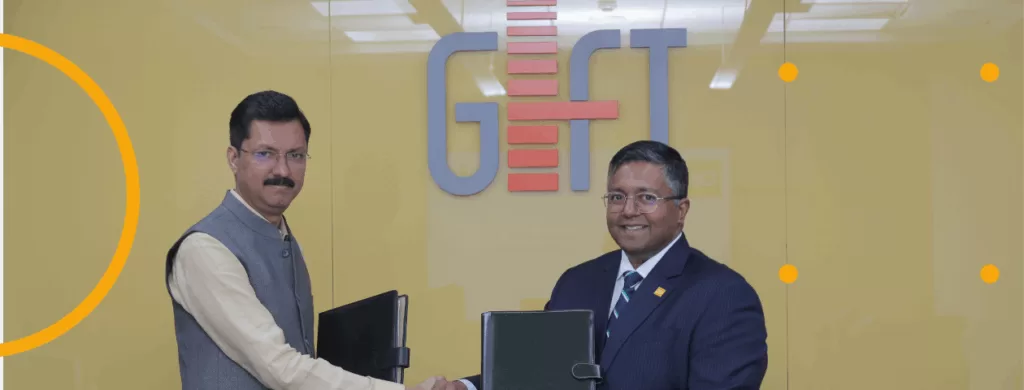With many governments prioritizing and investing in STEM subjects and other degrees they deem good career choices, some experts are arguing against such direct action.
Governments across the globe are boosting funding for degrees that they believe will improve graduate employment outcomes and address skills gaps in the job market.
In 2020, the US Department of Education invested US$578 million in science, technology, engineering, and math (STEM) education for students through its discretionary and research grants. This built on more than US$819 million in STEM investments during 2018 and 2019.
The UK government committed £179 million (approximately US$245 million) towards PhDs at over 40 UK universities in physical sciences, math, and engineering to “develop the skills for ground-breaking research and high-tech industries like cyber security and chemical manufacturing.”
When announcing the funding changes, Education Secretary Gavin Williamson stated: “Making sure that the next generation has the scientific skills to meet the world’s needs – from developing green technologies to curing illnesses – couldn’t be more important. That’s why we continue to invest in science programs in our schools and ensure that anyone, regardless of their background, can participate.”
“Girls now make up just over half of A level entries for the three core science subjects but there is more we can do so we will fund research to better understand how we can improve girls’ physics A level participation.”
Gender diversity needs to be a critical consideration in any discussion on funding for STEM subjects and other male-dominated degrees, particularly around how these funding shifts exacerbate the financial disadvantages that women face.
In Australia, women represent only 27% of the STEM workforce and face a number of deterrents to entering the sector. According to a Professionals Australia report, women in STEM are “under-represented at senior and management levels and over-represented at less senior levels, their retirement earnings are on average significantly less than those of their male counterparts and substantial gender pay disparities persist.”
Given this environment, the announcement from the Australian government of widespread fee changes last year, which included more than doubling the cost of a humanities degree and significant fee cuts to STEM degrees, was met with mixed reactions.
In an article for The Conversation, Deanne Gannaway, a senior lecturer at the University of Queensland, states that: “The reality is that humanities and social science disciplines attract more students than any other subject areas – the majority of whom are women. Women have consistently represented the bulk of enrollments in humanities and social science disciplines over the past ten years. In 2018, they accounted for two-thirds of enrolled students. Consequently, under the government’s proposal, many women will pay more for their tuition and yet they are likely to earn less than men.”
Other concerns were raised around the impact these funding changes will have on Australia’s future workforce with Joy Damousi, President of the Australian Academy of Humanities, stating that it was a shortsighted decision.
“It’s really disappointing that there is seemingly no recognition that the humanities make a massive contribution to training our future workforce in providing a broader knowledge and a skill set that is fundamental to the progress of our society.”
To understand how current and prospective students feel about the fee changes announced by the Australian government, QS conducted a survey in late 2020.
When asked whether they will be better or worse off after these fee changes, 43% of prospective students and 45% of current students believe they will be worse off.
When examined by subject area, 36% of current and prospective STEM students believe they will be better off under the changes, compared to just 10% of their humanities equivalents, who are three times more likely to say they will be worse off (75%) than those in STEM (25%).
Despite these findings, only 28% were somewhat likely to change the course they were intending to study as a result of the fee changes, compared to 27% who were not very likely to change their course and 31% who were not likely at all.
This aligns with previous findings from the QS 2020 Domestic Student Survey in Australia which found that only 40% of prospective domestic students consider ‘affordable tuition’ to be one of the top factors they consider when choosing a course.
These insights suggest that students may not switch their course based on these fee changes, instead looking at whether the course leads to their chosen career and the graduate employment outcomes they seek.



